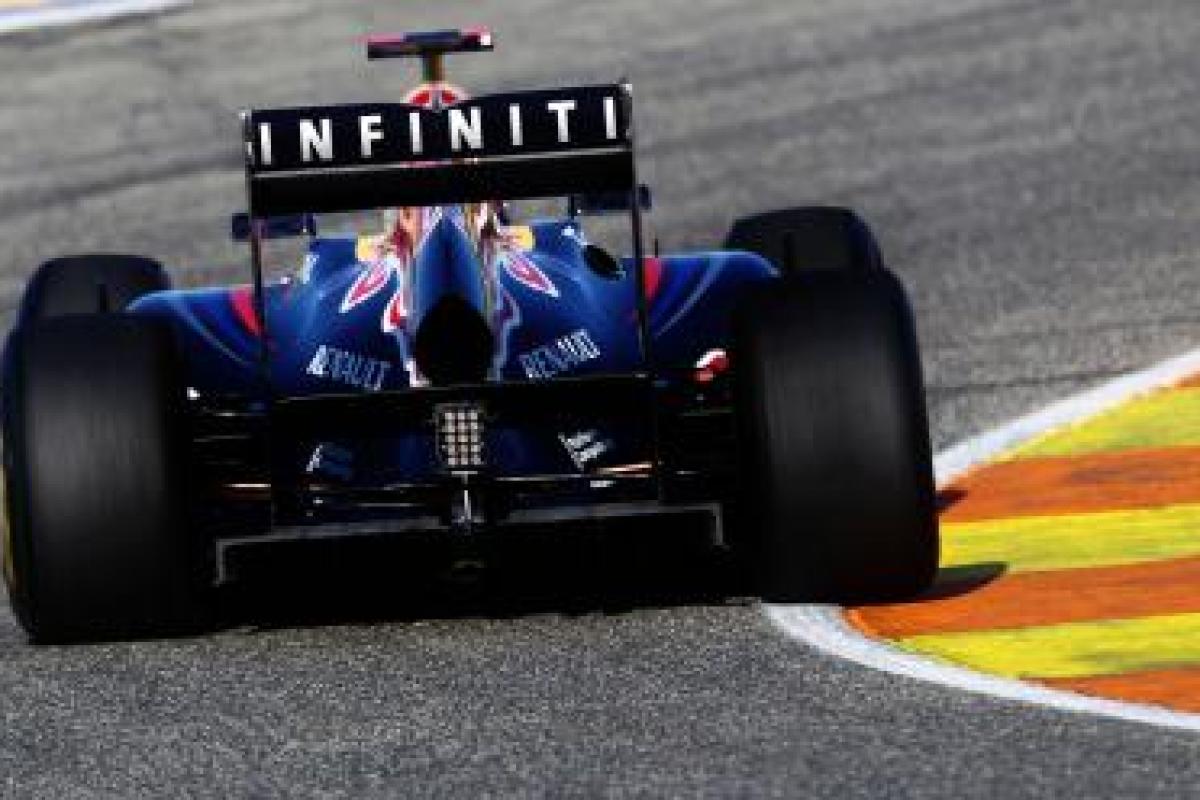Activation, interaction and message journeys: Pete Davis explains why paying for airtime is no longer enough to get results.
Sponsorship was once viewed as something of a badging opportunity, particularly within the broadcast arena, where a brand ident might top-and-tail an ad break and little more.
But sponsorship opportunities have since evolved to become much more creative. Digital technology now allows for clever sponsorship activity to span many channels, including social, mobile and video. It’s no coincidence that we now see an increasing number of brands increasing their sponsorship investment, and more creative agencies wanting not just to shoot a brand’s ad, but be part of the overall creative process.
There are still brands that treat sponsorship activity with an attitude of ‘slap a badge on something – job done’, and some that will snap up distressed inventory at the last minute because it is going cheap. But clever brands are the ones thinking of the bigger picture – that is, how a sponsorship opportunity can really amplify a brand’s message to its target audience.
The Morrisons model
The brand new sponsorship by Morrisons of Ant and Dec’s Saturday Night Takeaway is a great example of modern sponsorship that takes the concept way beyond the idea of simply badging a show. As part of the deal, Morrisons will sponsor other shows fronted by the duo, and see the stars appear in their own ads. This arrangement is all about the brand viewing their sponsorship arrangement as an actual partnership, and embedding the ‘celebrity’ element within the brand message. It will be interesting to see whether the relationship with Ant and Dec will travel in-store, or translate to live point-of-sale at Morrisons events.
Activating sponsorship
When Simon Sproule, Nissan’s global marcomms guy, was interviewed last year about the brand’s association with Formula 1 (its luxury car brand, Infiniti, sponsored Formula 1’s Red Bull Racing) he said that “an idiot can put a logo on something – you have to activate it”. And he’s right.
So how did Infiniti activate its sponsorship? In a number of ways – by naming a car ‘The Vettel’ after 2011 F1 world champion Sebastian Vettel, by organising a ride for a group of journalists in its cars, and allowing stakeholders exclusive access to the garages and pit lanes.
Product placement
Product placement in advertising, a possibility since 2011, has added another element entirely to sponsorship of programmes. Product placement is typically one component of a campaign involving sponsorship of the same programme, spot advertising, online and mobile activity. Sky Media, which has carried out its own research, says that product placement works better in combination with other elements than in isolation.
The TRESemmé and Next Top Model partnership on Sky Living HD was a UK first to include both sponsorship and product placement. The key objectives were clear: to improve loyalty, brand positioning, purchase consideration and of course drive word-of-mouth. And the dual approach worked; the overall campaign increased both talkability for the brand (69% for viewers aware of product placement and sponsorship vs 45% for non-viewers) and advocacy (79% vs 61%) at the mid-stage of the series.
Certain regulations do render product placement a relatively subtle method of communication. That said there is an unlimited number of ways in which it can be used imaginatively, to the benefit of advertisers, programmes and viewers.
Going holistic
Sky Media has developed a planning aid called the ‘Concurrent Model’. This helps them to use spot advertising, sponsorship and product placement to create a message journey in broadcast. Online, mobile, experiential and marketing elements can also be integrated, to create a holistic schematic view of a campaign.
Fast-forward
Brands should never fall into the trap of seeing their idents become merely indicators as to when a viewer should hit the fast forward button at the beginning of an ad break, and the stop button at the end of one. Some of the examples I have talked about here allude to the fact that good use of sponsorship these days involves interactive, off-the-screen content. The old sponsorship model may have seen idents shown on – in a high profile case – a Saturday night show and then on the ITV2 or E4 repeats thereafter. But modern technology now affords sponsorship as a much longer – and more exciting – journey, and clever brands are embracing this.
Pete Davis, Managing Director, Getmemedia.com
Sponsorship - a changing game
Sponsorship - a changing game
